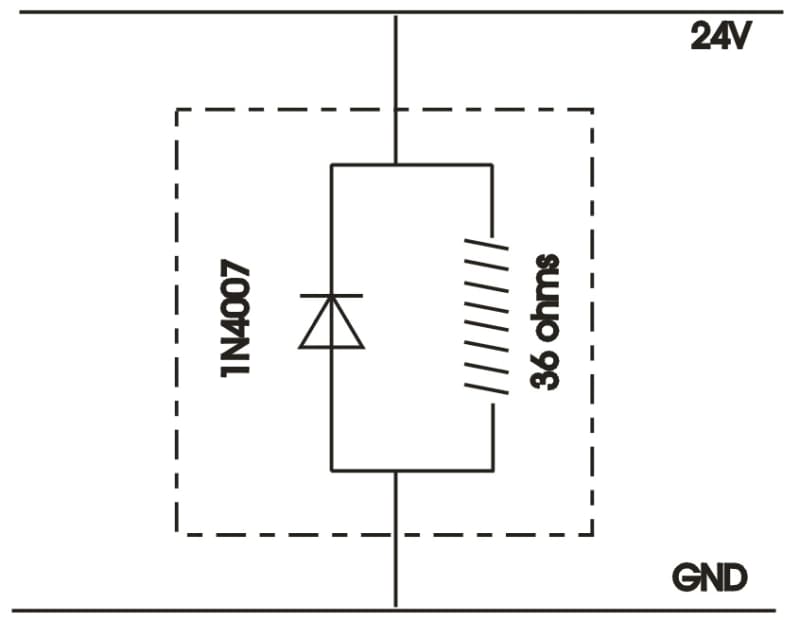MRSSPOCK
Mechanical
- Aug 29, 2010
- 303
Let's say, like me, you have wired a voltage suppression diode in parallel with a solenoid coil, but you forgot to label the identical wires before the solenoid got buried under other components, not to mention the adhesive heat shrink. Is there a way to determine the orientation of the diode with basic equipment, with just the two wires coming from the coil / diode assembly? I ended up peeling back the insulation etc to actually see the diode, but I couldn't help but think there must be an easier way to do this. I realise energising the coil briefly while watching the voltage across the coil with an oscilloscope would provide a means to witness if the voltage spike was suppressed or not, but is there a simpler way? It would be so easy to install such a solenoid backwards by mistake, just to have the diode blow immediately, while the coil still remaining functional, but no voltage spikes being suppressed. It would be nice to be able to do a last minute verification, but I can't think how. I will gladly try any suggestions and post the results.


